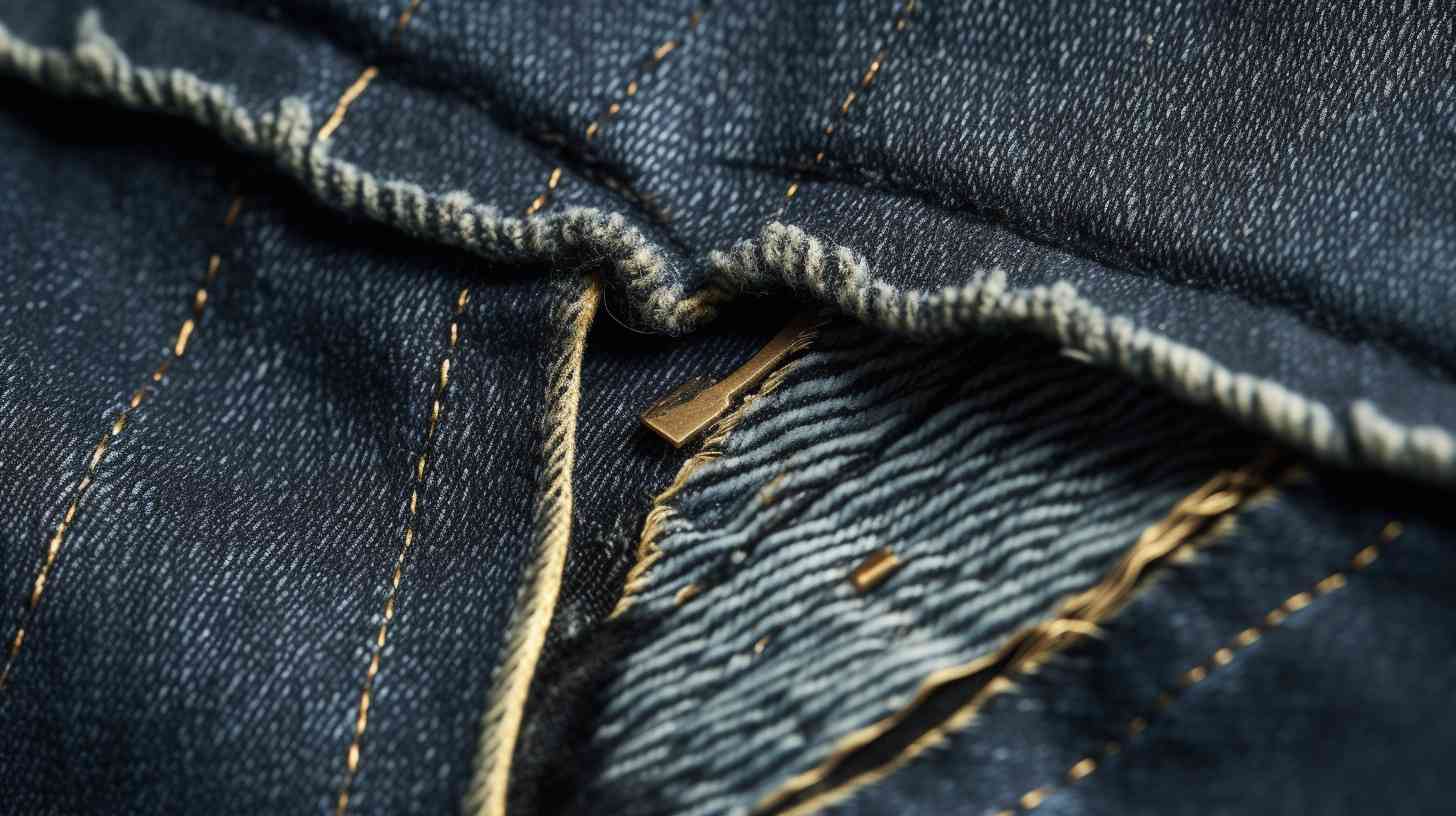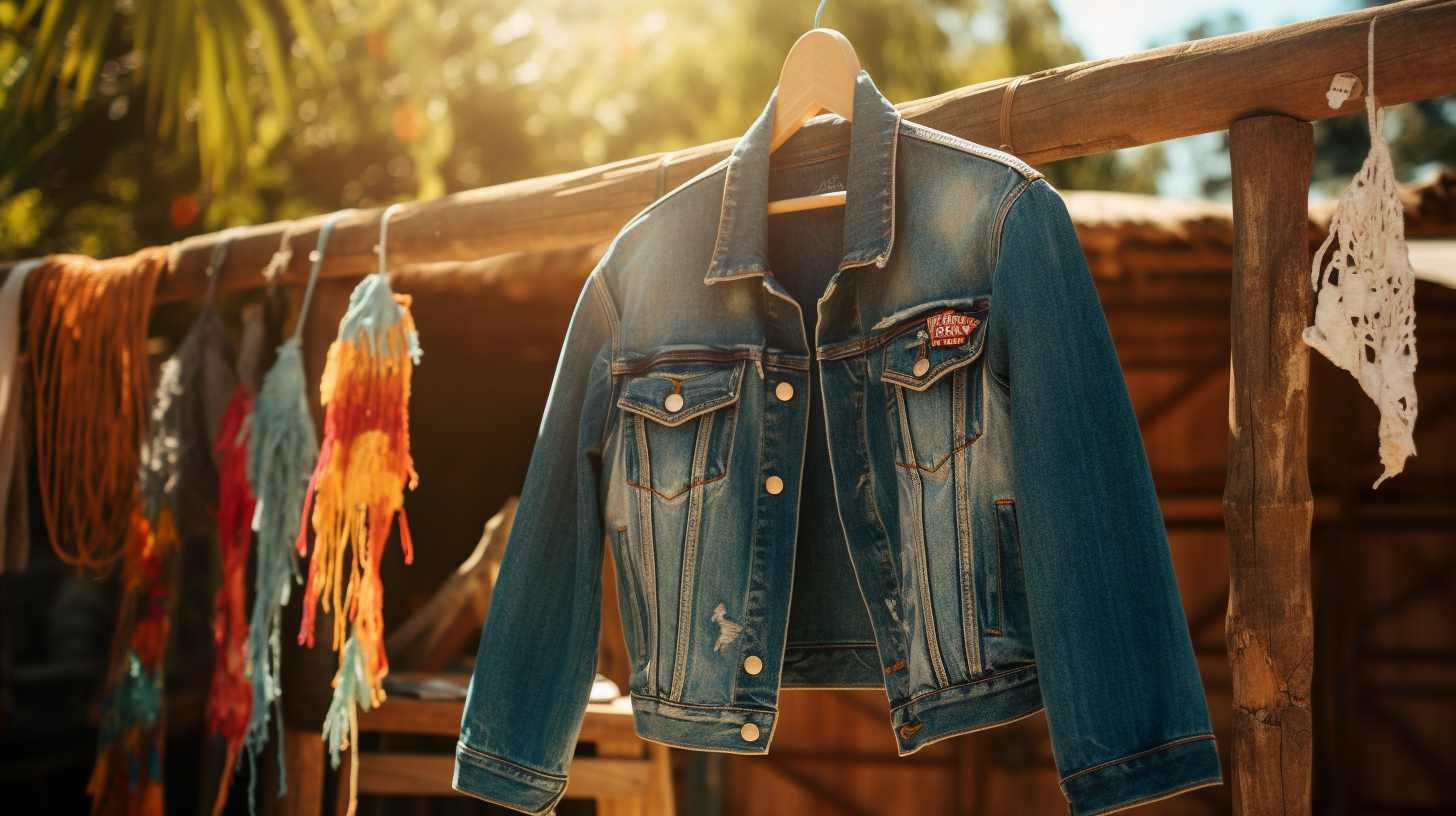Just as Achilles’ shield was not only a defense but a symbol of identity, your choice to press an iron-on patch onto your jacket is more than an aesthetic decision. It’s a statement. But how long do iron on patches last?
The lifespan of your iron-on patch hinges on the innovative techniques you use from the get-go. Quality materials, precision in heat application, and fabric compatibility are your triad of durability. Don’t just iron and hope; understand the art of adhesion.
In this blog, you’ll uncover the nuances that ensure your patch stays vibrant and intact through wear and washes. They can make your fashion statement both resilient and revolutionary.
How to Iron a Patch: A Quick Guide
Ironing on a patch properly is essential to ensuring its longevity on your chosen garment.

To start, select a fabric that complements the adhesive backing of your iron-on patch. Cotton and wool are the prime choices.
Preheat your iron. When you’re ready to apply heat, set your iron to the recommended temperature. It can activate the adhesive without damaging the fabric.
Place the patch where you want it. Then apply firm heat and even pressure for the time specified by the patch manufacturer. Custom embroidered patches may need more attention to detail to preserve their intricate designs.
After application, allow the patch to cool and adhere completely. Remember, iron-on patches can last a considerable time when applied correctly and cared for with gentle washing and drying.
How Long Do Iron On Patches Last?
You might wonder about the average lifespan of iron-on patches on your garments. So the following sections are ready for you.
Average Lifespan of Iron on Patches
Most iron-on patches will usually serve you well for several years. The lifespan of iron-on patches depends significantly on the quality of the material and the precision of the application.
Traditional patches last between two and three years when you adhere to meticulous maintenance routines. Meanwhile, heat transfer vinyl (HTV) patches generally have a shorter lifespan, lasting between one and two years with similar upkeep. Patches with adhesive backings are the least durable, often only lasting between six and twelve months.
Personal Experiences
Considering the variety of personal experiences, your iron-on patch’s lifespan can greatly vary. The lifespan often echoes the meticulousness of your application and the consistency of your garment care.
It’s clear from personal experiences that the approach to application and ongoing care are pivotal in determining how long iron on patches last. When executed with precision, these patches can last for years, becoming a long-term addition to your wardrobe.
Factors Affecting the Lifespan of Iron on Patches
You’ll find that many important factors affect how long your iron-on patches last. To ensure your patches last as long as possible, it’s essential to consider these variables throughout the application and maintenance process.

Quality of the Patch
By choosing patches made from robust materials like polyester, chenille, or twill, you’re investing in the longevity of your iron-on decorations. The quality of the patch is paramount. High-quality patches with strong adhesive backings generally last longer and withstand the rigors of wear and washing.
To ensure you get the most out of your patches, make sure to apply the patch by following the manufacturer’s guidelines for heat and pressure. A precise application technique is critical for creating a durable bond between the patch and the fabric.
Fabric Material
Your patch’s lifespan is also influenced by the fabric it adheres to. With certain materials, you should provide a more secure and lasting bond. When you iron a patch onto a sturdy fabric like denim or cotton, the adhesive interacts best with the tight weave. This ensures that your custom patches remain attached through wear and washing.
In contrast, delicate fabrics may not offer the same level of adhesion. They may lead to a shorter lifespan for your iron-on embellishments.
To circumvent these limitations, consider sew-on patches as a durable alternative to iron-ons.
Application Process
How carefully do you apply your iron-on patches? Do you follow the recommended guidelines to ensure their longevity?
Applying the patch needs precision. Because the adhesive quality of heat-transfer vinyl depends on the correct temperature and pressure. You’ll need to set your iron to the fabric-specific heat setting. If it’s too hot, you will risk melting the vinyl. If it’s too cool, the adhesive won’t activate well.
Consistent pressure is crucial. It ensures the whole patch bonds well to the fabric. A pressing cloth is a must. It can shield your patch and garment from direct heat, preventing scorching.
Frequency of Washing and Drying
The more frequently you wash and dry your clothes with iron-on patches, the more you shorten their lifespan. Each laundering exposes the patches to stress that can weaken their adhesive bond.
To extend the durability, wash them in cold water and select the gentle cycle. Using a mild detergent is also vital. Harsh chemicals can degrade the glue that holds the patch in place.
Additionally, consider the drying cycles. High heat can be the nemesis of iron-on patches. Air-drying is the gentlest option, maintaining the integrity of the patches. If you must use a dryer, choose a low-heat setting.
Environmental Conditions
Exposure to heat and humidity can weaken the adhesive over time. This means environmental factors also impact how long iron-on patches last. To maintain your patch’s adherence, shield it from prolonged exposure to heat sources. Avoid using high-temperature settings when laundering.
Water can also play a role in weakening the bond. Hence, it’s advisable to wash the patch in cool water and air-dry it to protect it. Consider these environmental factors when choosing where to apply your patches or how to store them.
For an added measure of durability, you might sew the patch’s edges, ensuring a more permanent solution. Always store your garments with iron-on patches in a cool, dry place to extend their lifespan.
Potential Signs of Wear and Tear on Patches
There are three potential signs of wear and tear on patches. These signs mean you need extra solutions to secure the patches.

- Fading or Peeling: Frequently, your iron-on patches might begin to fade or peel as they endure regular wear and washing.
- Fraying Edges: Fraying edges often result from rough washing habits that stress the fabric, causing the adhesive to deteriorate and the edges to unravel.
- Loss of Adhesion: Iron-on patches may start to peel off your garment due to wear and tear, signaling a loss of adhesion. This is often a result of multiple washes and exposure to various temperatures.
Tips for Extending the Lifespan of Iron on Patches
To ensure your iron-on patches last as long as possible, here are some tips.
Proper Application
Proper application is key to ensuring patches last as long as possible. Patches are usually easier to apply on cotton and wool, so choose your material wisely.
To optimize adhesion, follow the instructions, particularly regarding temperature and pressure. Place the patch where you want it. Cover it with a pressing cloth to protect it from potential scorching. This method not only maintains the patch’s integrity but also enhances its durability.
For added security, consider using fabric glue or sewing around the edges. This proper application technique will significantly extend the life of your iron-on patches.
Use Enough Time/Heat
It’s crucial to apply patches with enough heat and maintain the iron’s temperature for the recommended duration.

The first thing to note is that the required time and heat settings can vary depending on the patch and fabric type. Use enough time or heat to activate the adhesive without rushing the process.
Cover the Patch with a Thin Handkerchief
To enhance the durability, cover your iron-on patch with a thin handkerchief during application.
This method acts as a safeguard, protecting the patch from the potential harshness of direct heat. When you use a handkerchief, ensure that the heat is distributed evenly across the patch’s surface. It is crucial for securing the adhesive to the fabric.
It also prevents the patch from scorching or, worse, melting, which is particularly important for patches with intricate designs or delicate materials.
Avoid Excessive Heat or Abrasive Materials
To maintain the vibrancy and adhesion of patches, steer clear of high heat and rough materials during maintenance and wear.
Always use a pressing cloth to shield your patches from direct heat when ironing. Hand wash your embellished items in cold water with a mild detergent. Avoid abrasive materials that can fray edges or damage the adhesive.
Care Instructions
Caring for your iron-on patches can extend their lifespan. This ensures they remain vibrant and securely attached to your garments.
Gentle washing and drying cycles are paramount. Rough treatment can cause peeling or fading. Harsh detergents and stain removers should be avoided to maintain the patch’s integrity. If the patch is on clothing that needs laundering, turn the garment inside out and use a mild cycle.
For added security, store them in a cool, dry place. Consider reinforcing them with fabric glue or stitching the edges.
Flip the Clothes
One effective strategy is to flip your clothes before washing them. This simple act shields the patch from the brunt of the mechanical action in the washing machine. It can preserve its adhesive bond and whole appearance.
Conclusion
Your iron-on patch’s longevity hinges on careful application and mindful aftercare. Adhere it to compatible fabrics, apply even heat, and reinforce with stitching if needed.
Remember, even high-quality patches can show wear. To keep your patch pristine, wash gently and avoid abrasive surfaces.
With these tips, your personalized touch should remain vibrant and secure, making your garment a lasting canvas for self-expression.





